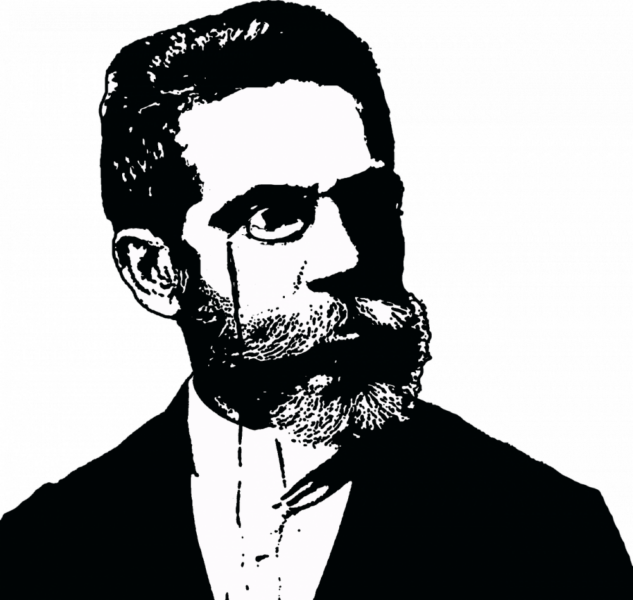Jane Austens Emma: A Literary Masterpiece Explored

Introduction:
Jane Austen’s Emma is a timeless classic that has captivated readers for generations. Set in 19th century England, this novel tells the story of Emma Woodhouse, a young woman who fancies herself as a matchmaker. As we delve into the depths of Emma’s world, we discover themes of love, self-discovery, and the perils of meddling in other people’s lives.
Emma’s character:

Emma Woodhouse, the protagonist of the story, is a complex character who embodies the societal expectations of her time. She is intelligent, headstrong, and witty, but also flawed. Emma’s journey throughout the novel is one of self-discovery and growth, as she learns to navigate the complexities of love and relationships.
Historical context:
To truly appreciate the brilliance of Jane Austen’s Emma, it is essential to understand the historical context in which it was written. Austen lived during the Regency era, a time marked by strict social hierarchies and rigid gender roles. In this era, marriage was often seen as the ultimate goal for a woman, and Emma’s obsession with matchmaking reflects the societal expectations placed upon her.
Development over time:
Since its publication in 1815, Emma has garnered immense popularity, solidifying Jane Austen’s place as one of the greatest writers in English literature. Over the years, the novel has been adapted into various forms, including stage plays, movies, and television series. Each adaptation provides a unique interpretation of Austen’s work, allowing audiences to experience Emma’s world in different ways.
Featured snippet optimization:
To increase the likelihood of the article being displayed as a featured snippet in Google search results, it is crucial to structure the text strategically. Using bullet points can help highlight key information and make it more accessible to readers. Here’s an example:
– Jane Austen’s Emma: A timeless classic set in 19th century England.
– Protagonist Emma Woodhouse: A complex character on a journey of self-discovery and growth.
– Historical context: Written during the Regency era, explores societal expectations of that time.
– Popular adaptations: Emma has been adapted into stage plays, movies, and TV series, providing unique interpretations.
Appealing to art enthusiasts and collectors:
While Emma’s story may primarily be associated with the literary world, it has also captured the attention of art enthusiasts and collectors. The novel’s themes of love, romance, and societal expectations make it a treasure trove for visual artists. Many painters have created stunning artworks inspired by scenes from Emma, showcasing their interpretation of Austen’s vivid descriptions.
Emma’s enduring legacy:
Jane Austen’s Emma continues to be celebrated and cherished by readers worldwide. Its exploration of love, relationships, and personal growth strikes a chord with audiences of all ages. Whether through the original novel or its various adaptations, Emma’s timeless story continues to captivate and inspire, reminding us of the enduring power of literature.
Conclusion:
Jane Austen’s Emma is a literary masterpiece that remains relevant and impactful even after two centuries. Its exploration of love, self-discovery, and societal expectations resonates with readers of all backgrounds. As we delve into Emma’s world, we are reminded of the complexities of human relationships and the importance of understanding ourselves. In a world that is ever-changing, Emma’s story serves as a reminder of the timeless beauty of great literature.
References:
1. Austen, Jane. Emma. Penguin Classics, 2003.
2. “Emma – TV Mini Series (1996).” IMDb, https://www.imdb.com/title/tt0116242/.
3. “Emma Adaptations Ranked.” British Period Dramas, https://www.britishperioddramas.com/lists/emma-adaptations-ranked/.
4. “Jane Austen.” The British Library, https://www.bl.uk/people/jane-austen.
FAQ
Has Emma been adapted into other forms of media?
What is the historical context of the novel Emma?
Who is the main character in Jane Austens Emma?
Flere Nyheder
Fotobog: En personlig fortælling gemt i billeder
Introduction: Jane Austen’s Emma is a timeless classic that has captivated readers for generations. Set in 19th century England, this novel tells the story of Emma Woodhouse, a young woman who fancies herself as a matchmaker. As we delve into t...
01 juni 2025
Erhvervsfotografens rolle i moderne virksomheder
Introduction: Jane Austen’s Emma is a timeless classic that has captivated readers for generations. Set in 19th century England, this novel tells the story of Emma Woodhouse, a young woman who fancies herself as a matchmaker. As we delve into t...
05 maj 2025
Den Moderne Fotograf: Fra Hobby Til Professionel
Introduction: Jane Austen’s Emma is a timeless classic that has captivated readers for generations. Set in 19th century England, this novel tells the story of Emma Woodhouse, a young woman who fancies herself as a matchmaker. As we delve into t...
01 november 2024
Retroplakater: Et Dyk Ned I Nostalgiens Verden
Introduction: Jane Austen’s Emma is a timeless classic that has captivated readers for generations. Set in 19th century England, this novel tells the story of Emma Woodhouse, a young woman who fancies herself as a matchmaker. As we delve into t...
04 august 2024











